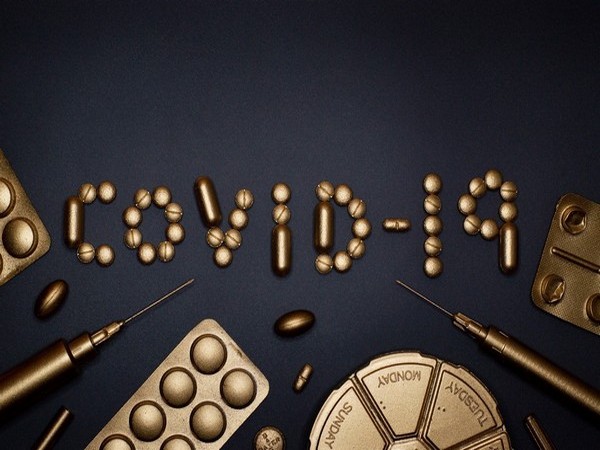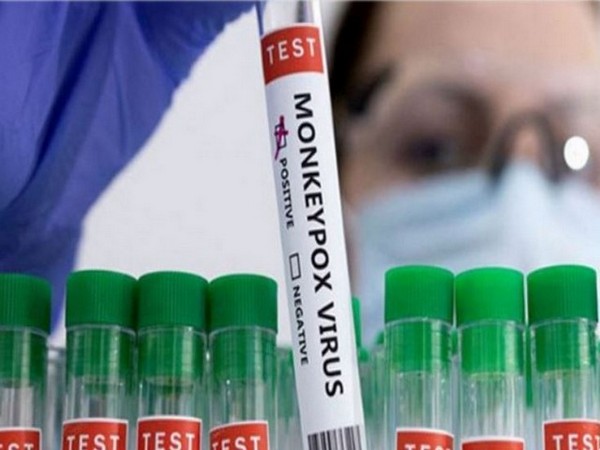
Birmingham [UK], December 18 (ANI): A study led by the Universities of Birmingham and University Hospitals Birmingham NHS Foundation Trust has identified a drug that may offer benefit to some patients hospitalized with COVID-19 pneumonia. The research has been published in the ‘The Lancet Respiratory Medicine Journal’.
The CATALYST trial-tested UK-based biopharmaceutical company Izana Bioscience’s namilumab (IZN-101) as a potential therapeutic to treat patients who are hospitalized with COVID-19 pneumonia, and receiving ‘usual’ care, as well as having high levels in their blood of a marker of inflammation known as C reactive protein (CRP). CRP levels rise when there is inflammation in the body, and elevated levels of CRP have been found to be a potential early marker to predict risk for severity of COVID-19.
An antibody already in late-stage trials to treat rheumatoid arthritis, namilumab targeted a ‘cytokine’ which is naturally secreted by immune cells in the body but, at uncontrolled levels, is believed to be a key driver of the excessive and dangerous lung inflammation seen in COVID-19 patients.
The trial, carried out in collaboration with the University of Oxford and funded by the Medical Research Council and carried out between June 2020 and February 2021, involved patients aged over 16 with COVID-19 pneumonia either being treated on a ward or Intensive Care Unit (ICU) at nine NHS hospitals across the UK.
The study involved 54 patients receiving ‘usual care’ (steroids and oxygen or ventilation, depending on the severity of disease) and 57 patients given usual care as well as a single intravenous dose of 150mg of namilumab.
As well as COVID-19 pneumonia, all study participants had CRP levels greater than 40mg/l. The researchers compared the probability of the reduction of levels of CRP in patients. Compared to usual care alone, the researchers found there was a 97 percent probability of CRP being reduced over time in those given namilumab when compared with usual care alone.
The patients were monitored, and after 28 days the study also showed there were fewer deaths and more discharges from hospital or ICU in those who had been given namilumab compared to those receiving usual care alone.
By day 28, 78 percent (43) of the patients receiving namilumab were discharged from hospital or ICU, compared to 61 percent (33) of the patients given usual care. In the namilumab group, 11 per cent (6) were still in hospital by day 28, compared to 20 percent (11) in the usual care group. Of those in the namilumab group, 11 percent (6) patients died compared to 19 percent (10) who died in the usual care group by day 28.
The team calculated the differences between the two cohorts in the overall probability of those being discharged from ICU or ward at 28 days. Of those on the ward, the probability of discharge at day 28 was 64 percent in the usual care cohort, compared to 77 percent in the Namilumab cohort. Of those in ICU, the probability of discharge at day 28 was 47 per cent in the usual care group, compared to 66 per cent in the Namilumab cohort. (ANI)


















